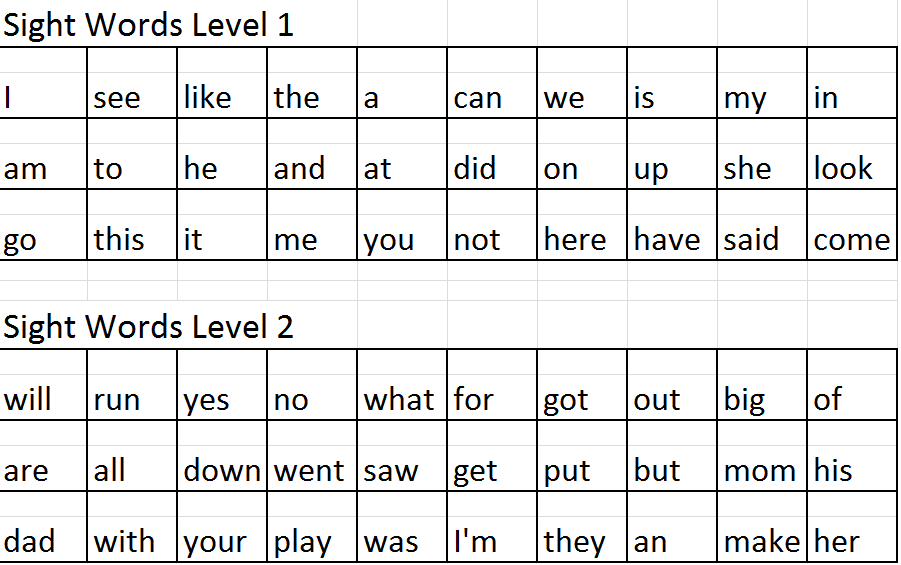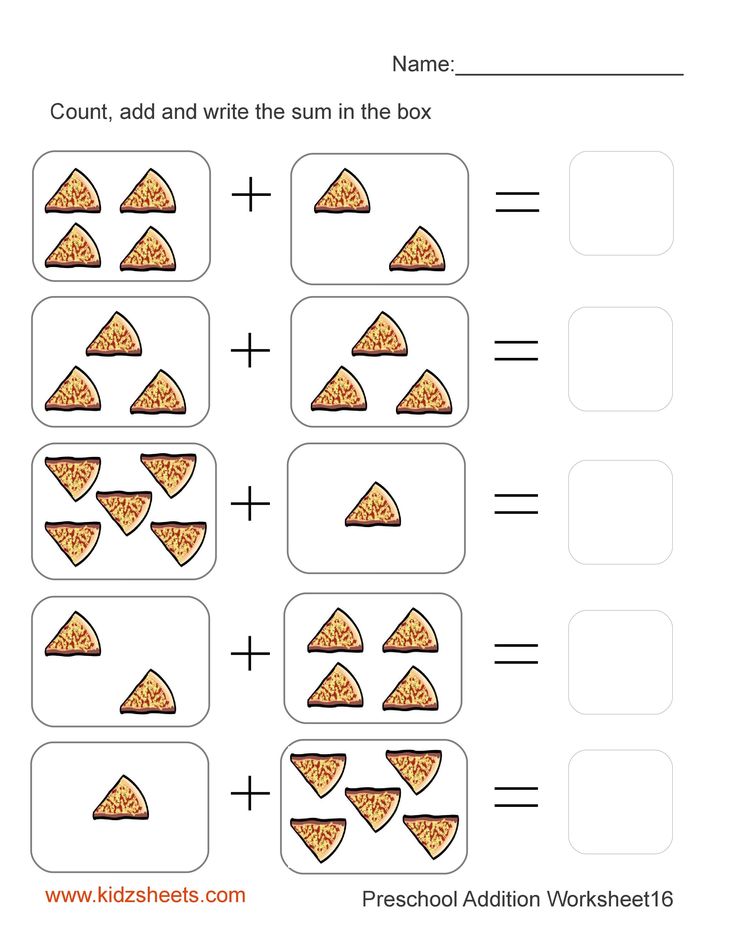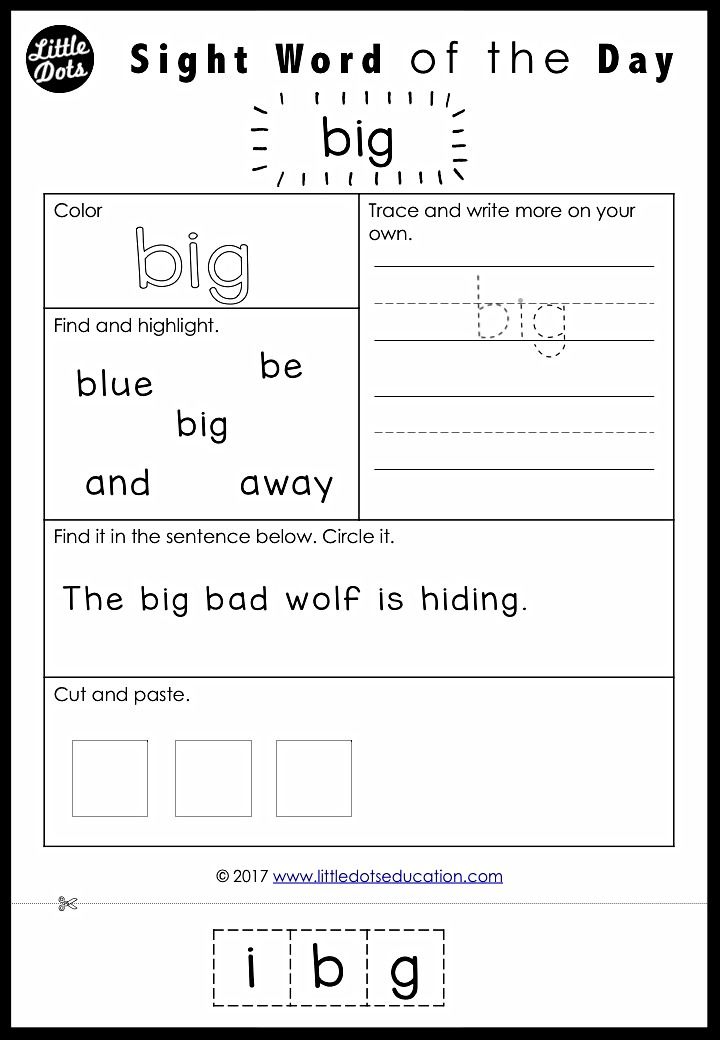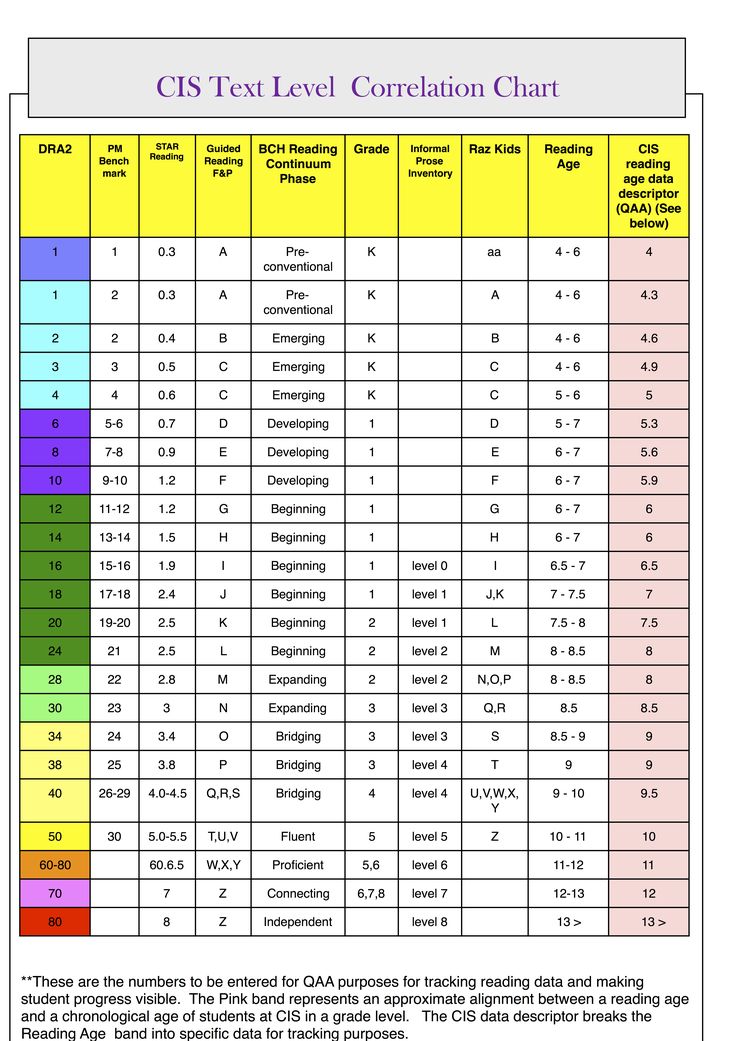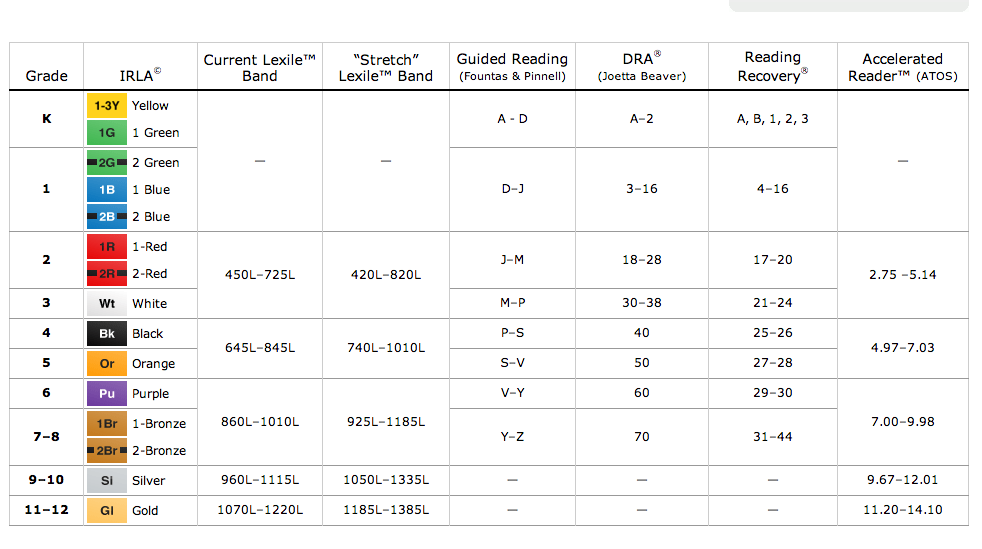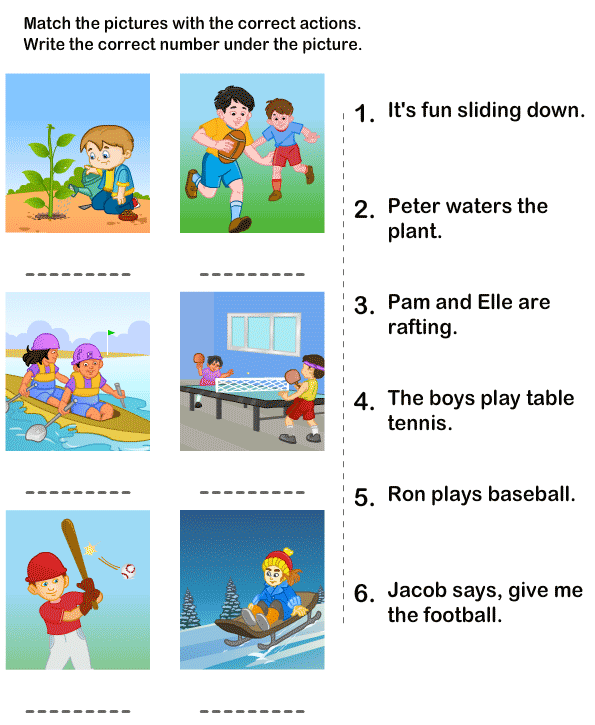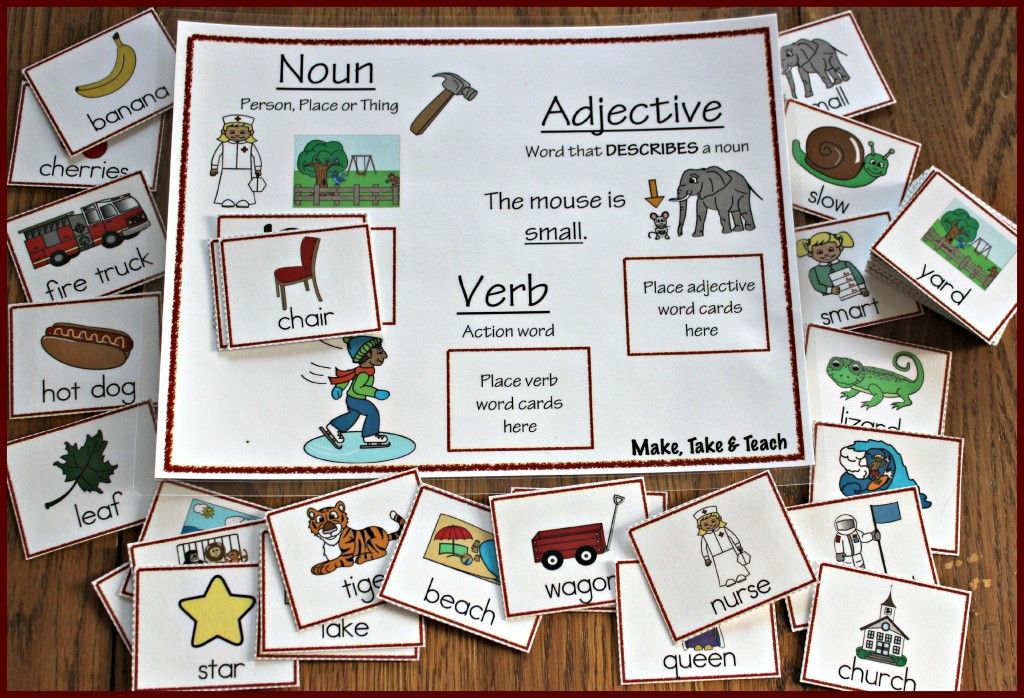Show me sight words
Top 100 Sight Words and How to Teach Them
Sight words is a common term in reading that has a variety of meanings. When it is applied to early reading instruction, it typically refers to the set of about 100 words that keeps reappearing on almost any page of text. “Who, the, he, were, does, their, me, be” are a few examples.
In addition to their being very frequent, many of these words cannot be “sounded out.” Children are expected to learn them by sight (that is, by looking at them and recognizing them, without any attempt to sound them out.)
Unfortunately, this means minimal teaching. Often, little is done other than to show the word and tell the child what it is “saying.” For many children, this is not enough, with the result that their reading of these critical words is laden with error.
What does this mean for parents who are helping their children master reading? Basically it means spending some time in truly teaching these words so that your child gains real mastery of them. The key to achieving this goal is accurate writing (spelling)—via memory. That is, the child writes the word when the model is not in view.
You can do this by creating simple sentences that the child reads. (By using sentences, you will automatically be using many “sight words.” In addition, you will be giving your child the opportunity to deal with words in context—a key to meaningful reading) After showing the sentence and having your child read it, turn it over and then dictate the sentence. If there is an error, you immediately stop your child and take away the paper. Then you show the model again and repeat the process. In other words, the writing of the sentence has to be fully accurate, starting with the first word.
If you want a list of those words to help guide your efforts, here is the top 100 according to the American Heritage Word Frequency Book by John B. Carroll.
A: a, an, at, are, as, at, and, all, about, after
B: be, by, but, been
C: can, could, called
D: did, down, do
E: each
F: from, first, find, for
H: he, his, had, how, has, her, have, him
I: in, I, if, into, is, it, its
J: just
K: know
L: like, long, little
M: my, made, may, make, more, many, most,
N: not, no, now
O: or, one, of, out, other, over, only, on
P: people
S: said, she, some, so, see
T: the, to, they, this, there, them, then, these, two, time, than, that, their
U: up, use
V: very
W: was, with, what, were, when, we, which, will, would, words, where, water, who, way
Y: you, your
Click here to download our Recommended Top 100 Sight Words.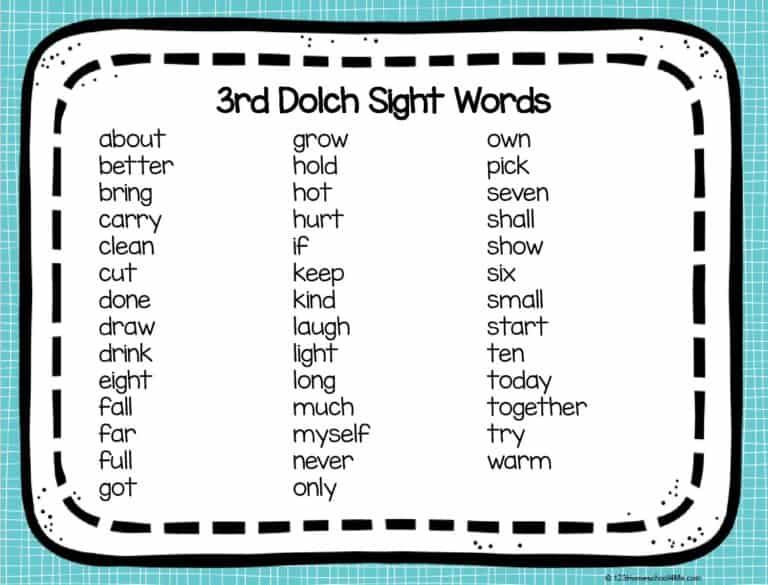
Literacy and reading expert, Dr. Marion Blank
Dr. Marion Blank is answering your questions about reading and learning. If you have a question for Dr. Marion, visit the Reading Kingdom Facebook Page and let us know how we can help.
If you think the Reading Kingdom program can help your children learn to read, enjoy a free, 30-day trial here.
Teach Your Child to Read
Print your own sight words flash cards. Create a set of Dolch or Fry sight words flash cards, or use your own custom set of words.
More
Follow the sight words teaching techniques. Learn research-validated and classroom-proven ways to introduce words, reinforce learning, and correct mistakes.
More
Play sight words games. Make games that create fun opportunities for repetition and reinforcement of the lessons.
More
Learn what phonological and phonemic awareness are and why they are the foundations of child literacy. Learn how to teach phonemic awareness to your kids.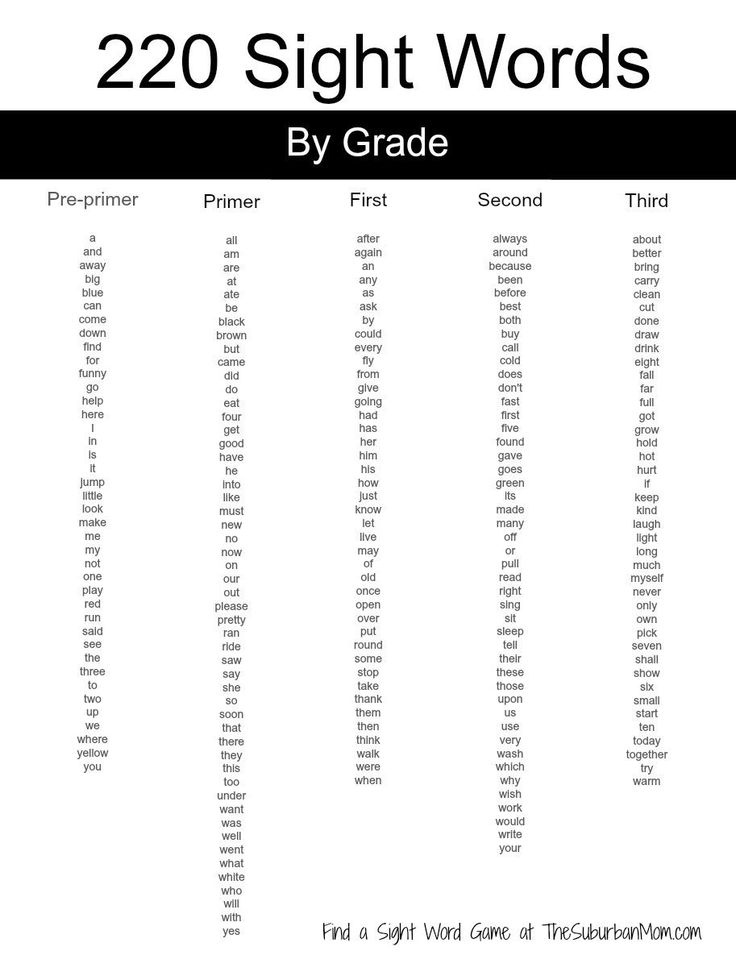
More
A sequenced curriculum of over 80 simple activities that take children from beginners to high-level phonemic awareness. Each activity includes everything you need to print and an instructional video.
More
Teach phoneme and letter sounds in a way that makes blending easier and more intuitive. Includes a demonstration video and a handy reference chart.
More
Sightwords.com is a comprehensive sequence of teaching activities, techniques, and materials for one of the building blocks of early child literacy. This collection of resources is designed to help teachers, parents, and caregivers teach a child how to read. We combine the latest literacy research with decades of teaching experience to bring you the best methods of instruction to make teaching easier, more effective, and more fun.
Sight words build speed and fluency when reading. Accuracy, speed, and fluency in reading increase reading comprehension.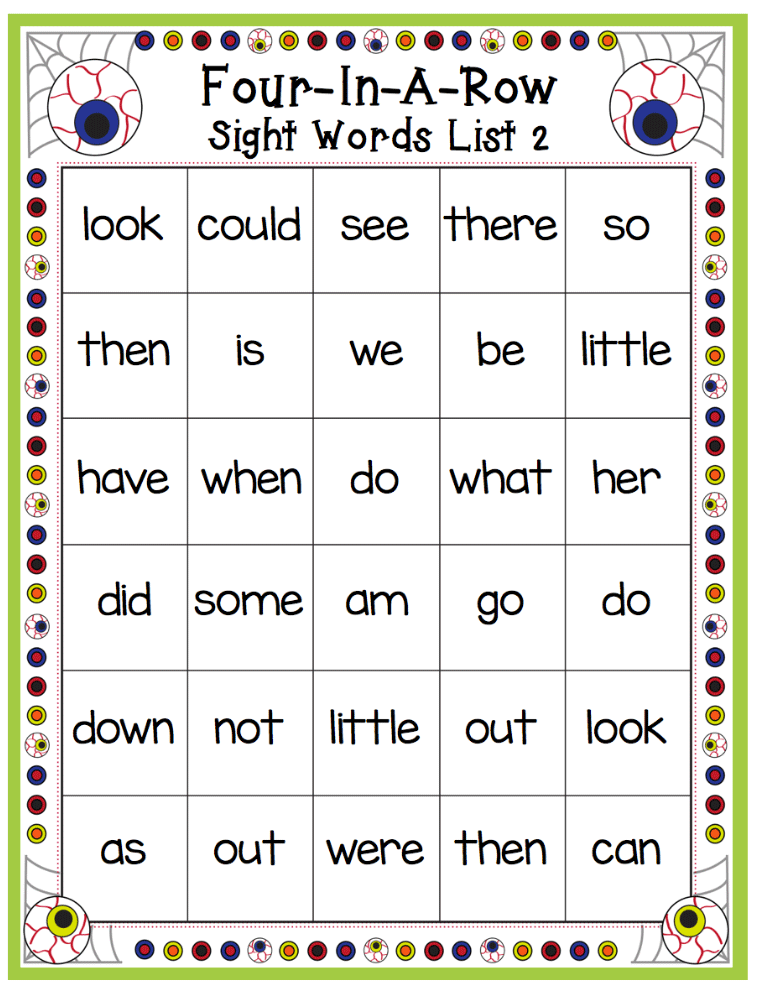 The sight words are a collection of words that a child should learn to recognize without sounding out the letters. The sight words are both common, frequently used words and foundational words that a child can use to build a vocabulary. Combining sight words with phonics instruction increases a child’s speed and fluency in reading.
The sight words are a collection of words that a child should learn to recognize without sounding out the letters. The sight words are both common, frequently used words and foundational words that a child can use to build a vocabulary. Combining sight words with phonics instruction increases a child’s speed and fluency in reading.
This website includes a detailed curriculum outline to give you an overview of how the individual lessons fit together. It provides detailed instructions and techniques to show you how to teach the material and how to help a child overcome common roadblocks. It also includes free teaching aids, games, and other materials that you can download and use with your lessons.
Many of the teaching techniques and games include variations for making the lesson more challenging for advanced students, easier for new or struggling students, and just different for a bit of variety. There are also plenty of opportunities, built into the lessons and games, to observe and assess the child’s retention of the sight words.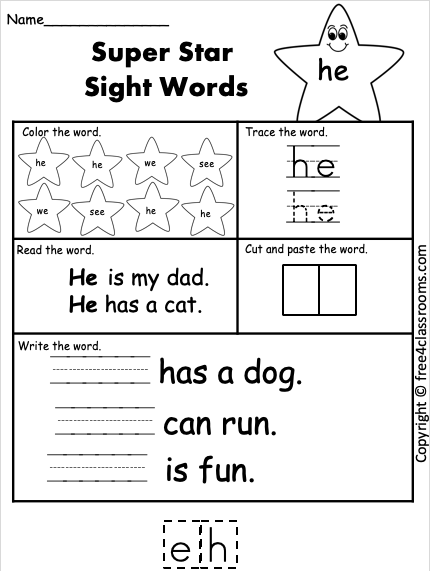 We encourage you to use these opportunities to check up on the progress of your student and identify weaknesses before they become real problems.
We encourage you to use these opportunities to check up on the progress of your student and identify weaknesses before they become real problems.
Help us help you. We want this to be a resource that is constantly improving. So please provide us with your feedback, both the good and the bad. We want to know which lessons worked for your child, and which fell short. We encourage you to contribute your own ideas that have worked well in the home or classroom. You can communicate with us through email or simply post a response in the comments section of the relevant page.
Vision test at home - how to test your eyesight on a computer? Online tests
Experts from the Lucky Look optician network told how to check your eyesight at home - on a computer or phone.
Sign up for a free vision test
Contents
- Effectiveness of home vision test
- Visual acuity test
- Test for nearsightedness and farsightedness
- Astigmatism test
- How to deal with home vision test results
You should understand that an examination at home is not a substitute for a complete eye examination by an ophthalmologist.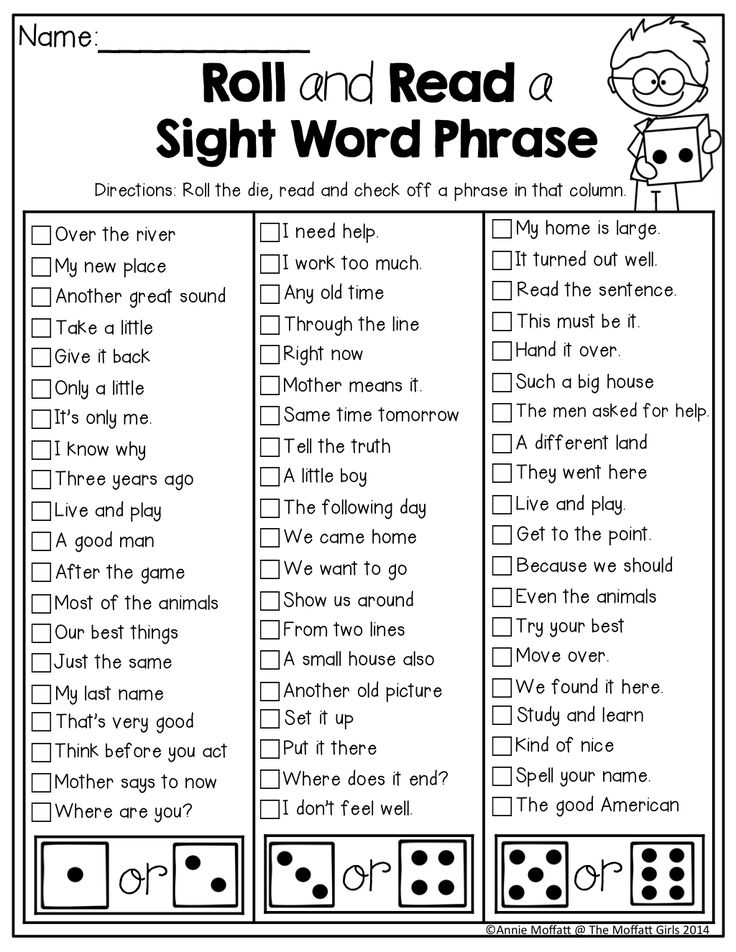 It is rather an auxiliary tool that allows you to detect changes in the state of your vision in time and understand that it is time to seek help from a specialist.
It is rather an auxiliary tool that allows you to detect changes in the state of your vision in time and understand that it is time to seek help from a specialist.
Only timely detection of violations and their prompt correction can minimize harm to health and protect the body from possible negative consequences. It is recommended to visit an ophthalmologist at least once a year even if nothing bothers you. But this is primarily your area of responsibility - to monitor the state of your vision and quickly respond to the changes noticed.
Therefore, the methods proposed by us are not a substitute for a face-to-face visit to a specialist, but can be used as an additional tool for self-diagnosis!
What will the eye test at home show?
The same applies to the diagnosis of various disorders - myopia, hyperopia and other vision pathologies. Only a doctor can determine this, and the diagnosis will be made after a comprehensive examination of the organs of vision.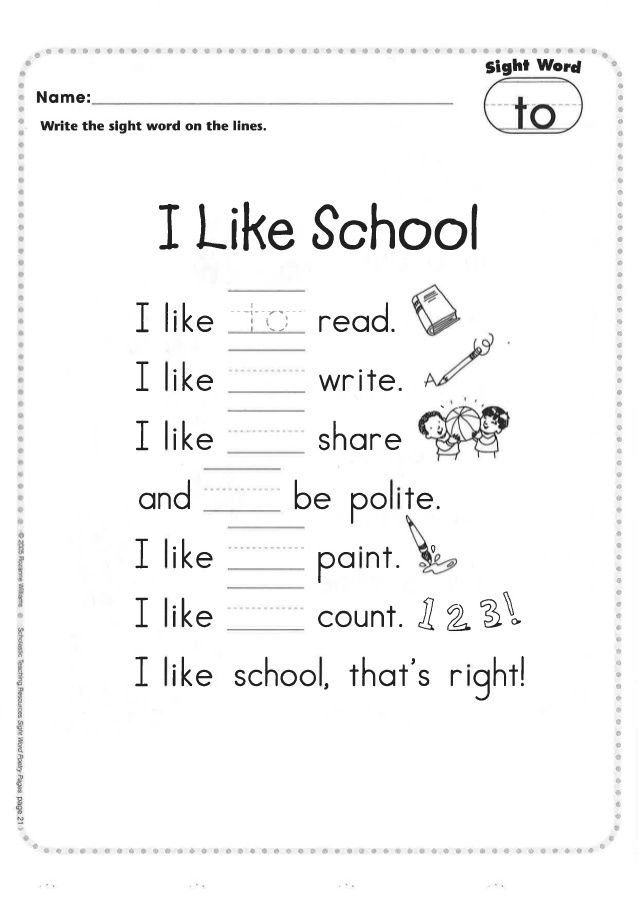
But you can suspect that you have these disorders based on the results of a home check and contact a specialist to confirm or refute the diagnosis.
Sign up for a free vision test
Visual acuity test according to the Sivtsev table
The well-known table with letters was developed by the Soviet ophthalmologist Dmitry Sivtsev, it is also perfect for home checking.
The table includes 12 lines with letters of different heights. The top line is the largest, the lower the line, the smaller the size of the letters. Accordingly, the more lines a person clearly sees, the sharper his vision.
Two values are indicated next to each line - D and V. The first, D, indicates the distance from which a person with good eyesight is able to clearly see all the letters of the selected line. The value of V characterizes visual acuity.
You will need a printed table for verification. A4 format is enough, but it is important to first change the page settings to landscape orientation.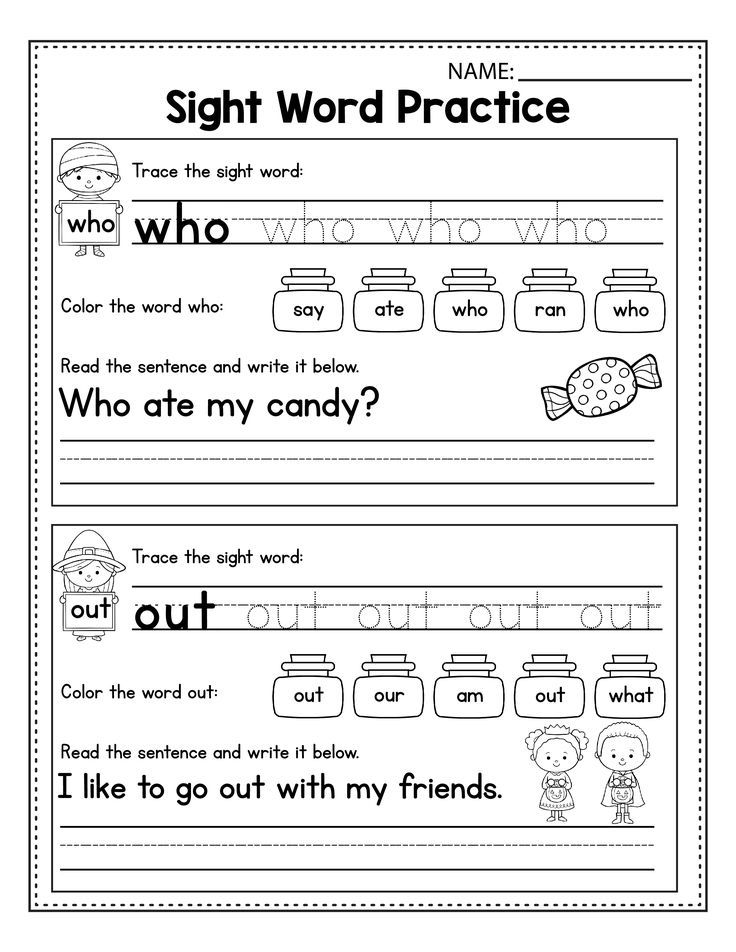 The table must be hung on the wall, while focusing on the 10th line - it should be at the level of your eyes. It is better to dim the light in the room, and additionally illuminate the table. Step back about 5 meters and proceed to the vision test.
The table must be hung on the wall, while focusing on the 10th line - it should be at the level of your eyes. It is better to dim the light in the room, and additionally illuminate the table. Step back about 5 meters and proceed to the vision test.
If you are unable to print, you can check your visual acuity online: display the test chart for vision on the monitor and step back 5 meters. If possible, move the computer higher so that the table is at eye level.
If you have not had vision problems before, start checking immediately from line 10 - this is what people with 100% vision see. Can't make out some or all of the letters? Smoothly move along the table above, until the line on which you can clearly distinguish all the letters. Each eye must be checked separately, it is better to close the second eye with the palm of your hand during the test, but make sure that the covered eye does not close.
With 100% vision there will be the following indicators: no more than one error in the rows V=0.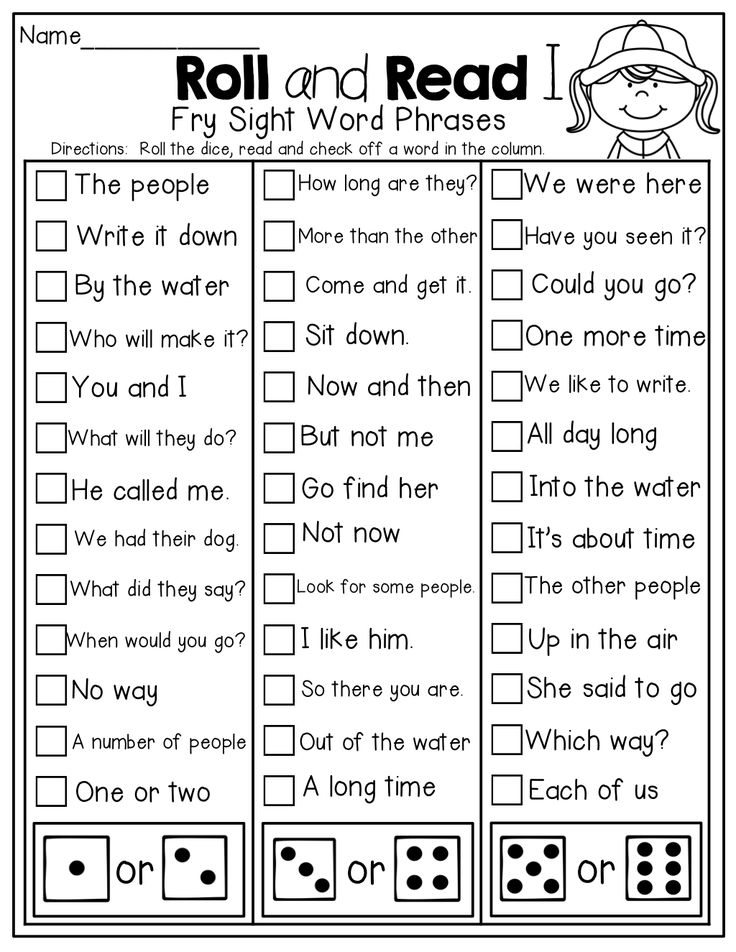 3-0.6 and no more than two errors in the rows V>0.7. If you make more mistakes in any of the rows, visual acuity is reduced. In this case, it is worth contacting an ophthalmologist as soon as possible for a complete diagnosis.
3-0.6 and no more than two errors in the rows V>0.7. If you make more mistakes in any of the rows, visual acuity is reduced. In this case, it is worth contacting an ophthalmologist as soon as possible for a complete diagnosis.
Sign up for a free vision test
Lines 11 and 12 are not indicative. If you can clearly see all the letters of these lines, then you have an excessively high visual acuity, but you can talk about this only if you examine the letters without strain, squinting and excessive eye strain. This condition is not a pathology, but rather indicates the features of your vision or the structure of the eyes.
How to prepare for the test?
Give your eyes a proper rest before the test – spend at least half an hour without a computer, tablet, phone or book. It is better to do simple household chores that do not require significant visual load.
If you wear glasses or lenses, it is recommended that you remove your correctives at least 10 minutes before the test.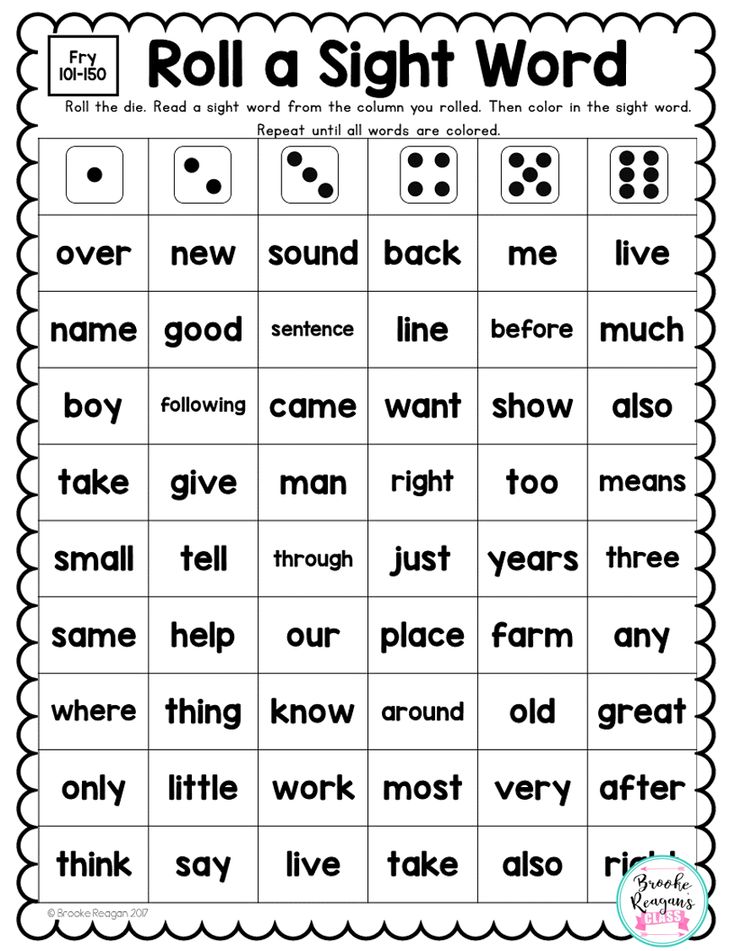
How often should I repeat the home visual acuity test?
If you do not experience any change in your visual acuity in your daily life, check once every one to two months.
Peculiarities of testing in children
If you want to test your child's vision, you can find a special analogue of the Sivtsev table on the Internet, where pictures are shown instead of letters. However, in the case of children, we strongly advise you to visit an ophthalmologist and not rely on the results of a home vision test.
Duochrom test for visual impairment
The duochrome test allows you to suspect nearsightedness (myopia) or farsightedness (hypermetropia) using a two-color image. This check can be carried out online, on a computer or phone. If you wear glasses or lenses, stay in them for the duration of the test - the test can also show if your corrective is correct.
Sign up for a free eye test
The distance to the monitor during the eye test should be 50-70 cm. Determine the desired distance and look at the picture: if the letters on a green background seem clearer to you, this may indicate the presence of farsightedness. And vice versa - clearer letters on a red background may indicate the presence of myopia.
Determine the desired distance and look at the picture: if the letters on a green background seem clearer to you, this may indicate the presence of farsightedness. And vice versa - clearer letters on a red background may indicate the presence of myopia.
Let us clarify once again: a home vision test in front of a computer will not replace a full-fledged examination by an ophthalmologist, so even if you have passed the test and suspected any violation, the specialist will have the final say.
How to prepare for the test?
Give your eyes a little rest - relax, close your eyelids and sit for at least 5-7 minutes. If you are using corrective aids, remain in them for the duration of the test.
Testing only makes sense if you are in good health. Any ailment - headache, fever or illness - can affect the results.
How often should the home test for myopia/farsightedness be repeated?
This test method does not require frequent repetition. It is enough to pass the test a couple of times a year. It is also possible to take the test if you have changed the means of correction, but only after the vision has adapted to the new glasses or contact lenses.
It is enough to pass the test a couple of times a year. It is also possible to take the test if you have changed the means of correction, but only after the vision has adapted to the new glasses or contact lenses.
Home astigmatism test
The simplest and most straightforward home astigmatism test is the Siemens star. Expand the image to full screen, step back 3-5 steps and start checking. Each eye must be tested separately, as in the case of a visual acuity test, cover one eye with the palm of your hand, but do not squint.
Normally, a person sees a circle with both eyes. However, if you have astigmatism, you may notice during inspection that the picture has changed shape to an ellipsoid. With this visual disturbance, it seems that the rays blur and overlap each other, not reaching the center.
Sometimes a person notices an inversion: the background becomes black and the rays become white. This effect can also indicate the presence of astigmatism.
However, various factors can affect test results, including lighting and eye moisture! Therefore, you cannot rely on an online test alone; it is necessary to confirm the diagnosis at an ophthalmologist's appointment.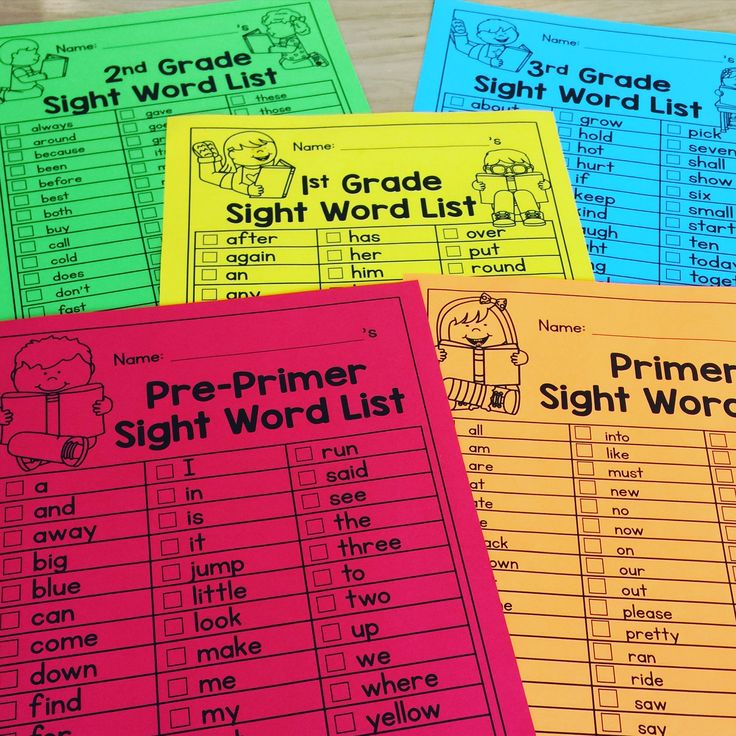
Sign up for a free vision test
How to prepare for the test?
Check your eyesight for astigmatism in the morning. Corrections must be removed at least 10 minutes before the test. The room should be sufficiently lit, and the brightness of the monitor should be dimmed to medium values.
How often should the test be repeated?
Incorrect perception of the Siemens star can indicate not only astigmatism, but also other visual impairments. You should repeat the test every few months, but make sure that the conditions - lighting, distance from the monitor, well-being - do not change.
What to do if you suspect vision problems after a home check
Visit an ophthalmologist as soon as possible and check your visual acuity and other parameters on professional equipment. As we have already said, it is simply impossible to check your eyesight normally at home. To diagnose or rule out possible problems, the doctor assesses not only your visual acuity, but also the general condition of your eyes
To exclude the presence of vision problems or respond in time to their appearance, undergo a preventive examination by an ophthalmologist at least once a year.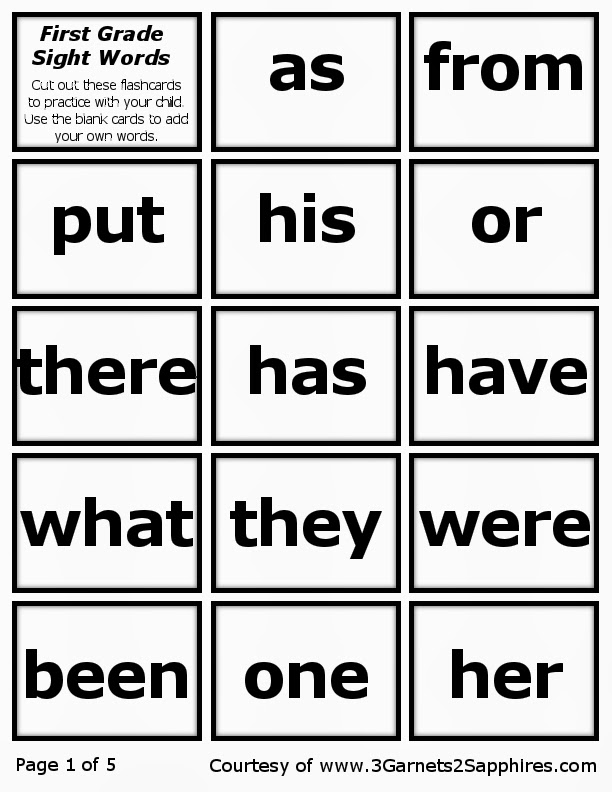
Life is great!. Channel One
It's great to live!. Channel OneIssues
Show more
Stories
Show more
See also
Unsweetened choice. Health. Fragment
Unsweetened choice. Why should flour and sweets be limited even to healthy people? The wife of the famous trainer Askold Zapashny, Helen, is visiting Elena Malysheva.
How to become a bone marrow donor. Health. Fragment
Elena Malysheva visited the Research Institute of Hematology and Blood Transfusion in Kirov. Here you can become a bone marrow donor and save someone's life.
What can be done at the OMS dentist? Health. Fragment
What dental treatment can be obtained free of charge under the CHI policy, and what is not included in the state guarantee?
Proper nutrition: dairy products. Health. Fragment
What is the right way to eat dairy products to prolong life? Visiting Elena Malysheva, Irina Vitorgan talks about her husband, little daughters and family diet.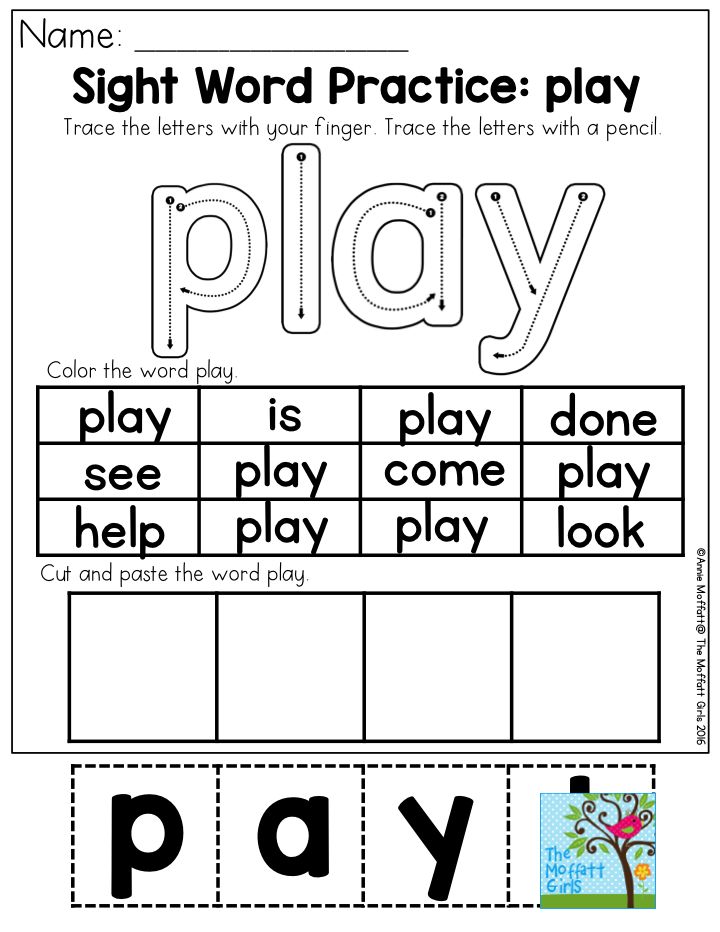
Life and food: eggs. Health. Fragment of the release dated 02.10.2022
Much of our health depends on proper nutrition. On the example of the diet of TV presenter Dmitry Dibrov and his family, we will find out which foods you can afford more often, and which ones are better not to abuse. How many chicken eggs per day can you eat without harm to health?
Foods that prolong life: white meat. Health. Fragment
Proper food can prolong our life! Protein is easiest to get from meat. One of the most useful types of meat is white - meat of rabbit, chicken and turkey.
Influenza vaccination. Health. Fragment
Elena Malysheva visited the flu vaccination station. What is the best vaccine to get? And why is the flu worse than the coronavirus?
Abnormal heat and health. Three tests. Health. Fragment
How did your body survive the heat wave? Three surveys to be done.
Food as medicine. Vitamin B12. Health. Fragment
What role does vitamin B12 play in a person's life, who needs it and in what doses.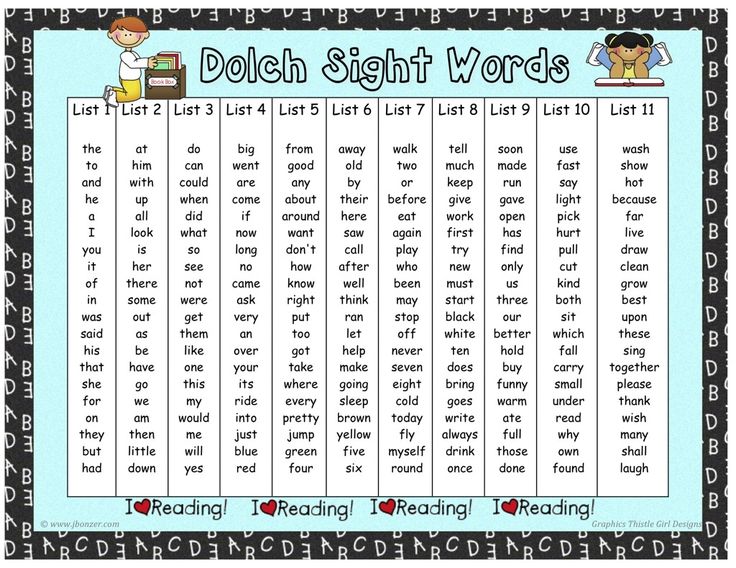
How to treat constipation without pills? Health. Fragment
What is constipation and how to avoid it. What needs to be done so that the large intestine performs its function and works well? Tips from Elena Malysheva.
Stress and stroke. Medical advice for those who are very worried. Health. Fragment
Stress is the body's reaction to a presented irritation. Today, many people experience stress, and it is no secret that with prolonged exposure, stress has a devastating effect on health. What medicines will help fight the effects of stress?
All about vitamin D. Health. Fragment
What foods contain vitamin D and what are its dosage forms? What side effects can the drugs have? What can its deficiency and hypervitaminosis lead to?
Program host Elena Malysheva: ““Life is great!” is not a random name at all. In Russian, the words “healthy” and “healthy” are spelled exactly the same, and it is important for us that both of these concepts become synonymous for the audience.